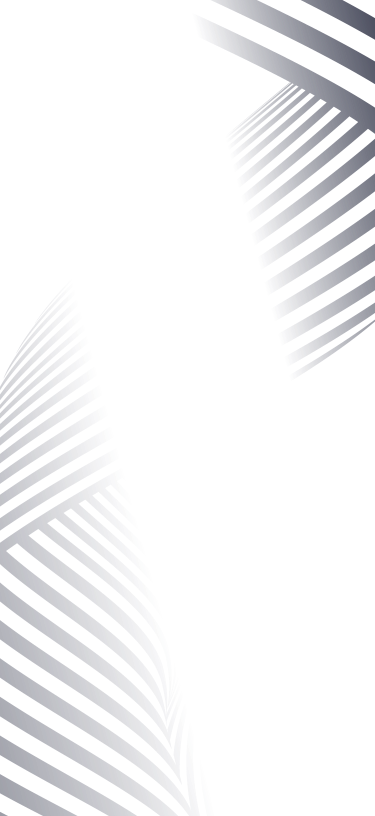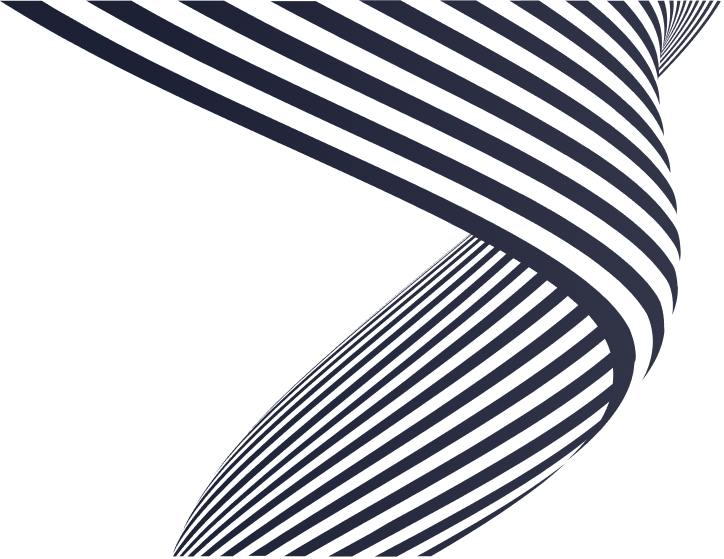A new era for our video lab
It's probably fair to say that the Media Technology Programme's "seventh floor" video laboratory has gained legendary status over the decades. For over twenty years it has been the playground for budding engineers to explore the quirks and features of a range of broadcast signals. However, the lab has recently entered an exciting new era as it moves to a new home along with the course team and some of our other facilities.
It's a fairly unique resource that contains the features of a production studio and transmission facility but in a format that can be tweaked, reconfigured and explored. There are systems cameras with remote control panels, talk back, auto cue and reverse feeds; sound and vision mixing facilities with chroma-keying as well as outboard graphics and logo insertion; file and tape ingest and playout; a compression headend and satellite modulator; as well as synchronisation, monitoring and measurement equipment.
The system provides our students with a glass-to-glass workflow from the camera lens to the viewer's screen. In addition to the core equipment there are industry standard test and measurement devices such as waveform monitors, rasterisers and transport stream analysers. These allow the students to explore the many signal formats and protocols found within professional broadcast systems. The equipment is intentionally vendor agnostic to show the range of solutions available and to highlight the challenges with interfacing third party systems. Some of the equipment has been donated by industry partners affording realistic insight into the systems that are deployed in professional environments.
Of course many of devices have also been upgraded as technology has progressed over the years meaning the seventh floor lab had evolved more than it had been designed. This, combined with the huge range of signal types in operation, posed a particular challenge for the technicians involved with the move. Frank Noakes and Gavin McGough did a sterling job with support from Barry Baseley. They've also been able to consolidate parts of system as part of the move and produce more accurate systems diagrams, which will pay dividends going forward.
There are a few finishing touches to be made - such as installing studio lighting - and now that the lab is operational again, we hope to make a few upgrades and further improvements. After a mammoth move it’s great to have it up and running again. Here's to the next couple of decades of broadcast engineering!




